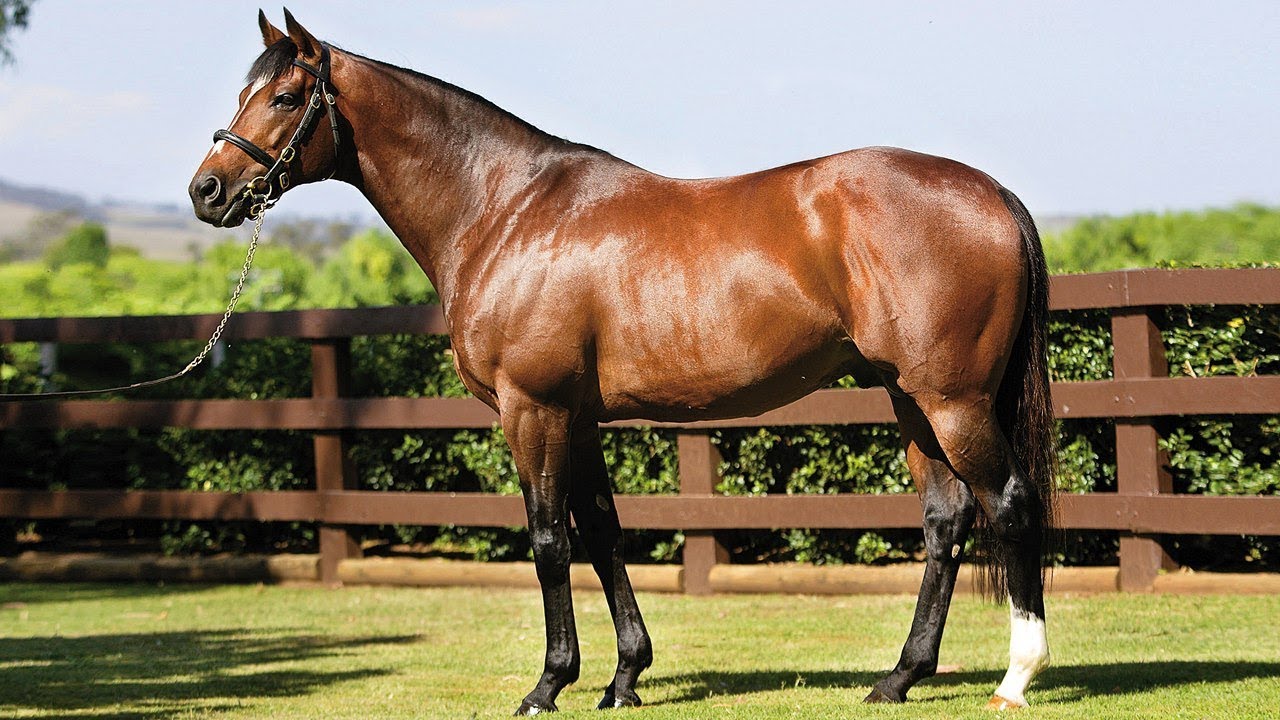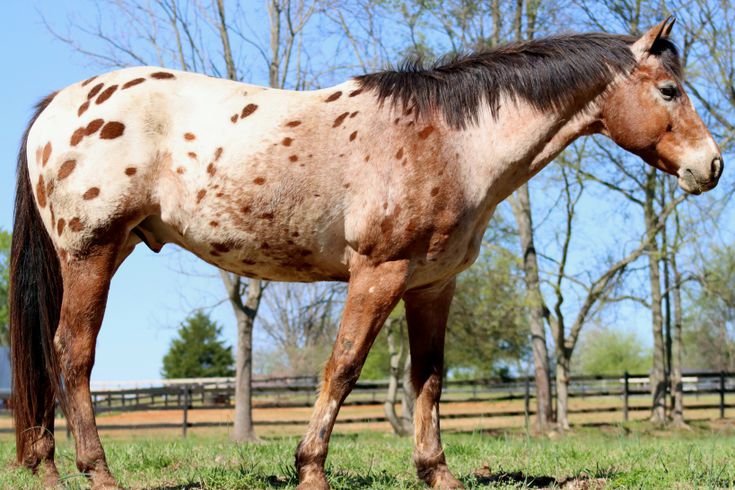The result of selective breeding in thoroughbred horse racing is the pervasive use of drugs, injuries and animal cruelty to increase the speed at which horses run.
Selective breeding occurs when breeders select for specific physical traits associated with racing performance, such as size (primarily height), athleticism, and body type. These selective practices lead to genetic abnormalities, making horses more prone to injury, lameness, and other health concerns.
There are many examples of selective breeding for racing performance in thoroughbred horse racing. The nineteenth-century English breeder Lord Derby was known for particular breeding practices. He crossbred a mare with an Arabian stallion that produced the undefeated racehorse Eclipse, who won 18 races and £10,000 in prize money.
Another selective breeding example would be mating a male champion racehorse with a different mare each year for several years to create an entire line of successful racing offspring. The foundation sire for the American Quarter Horse was the stallion known as Justin Morgan, whose descendants are still bred to create harder, faster horses.
When selective breeding is used to produce a “super horse,” the consequences can be devastating for both the animal and its owner. A case in point: Phar Lap, a champion racehorse from New Zealand whose heart was so big that he could not physically maintain his racing weight without drugs. Phar Lap’s international racing career was filled with controversy and ended tragically: He died suddenly due to an undetected intestinal infection that led to colitis.
Other selective breeding practices produce animals less suited for the racetrack but still suffer similarly, such as polo ponies and show jumpers. Polo ponies work under heavy tack and equipment at fast speeds, putting intense selective pressure on their bodies. In the show jumping world, horses are often bred to be big and pretty but possess no athleticism whatsoever, leading to severe lameness issues due to bone and joint abnormalities.
Is selective breeding in Thoroughbred breed bad?
As a result of these breeding practices, thoroughbred horses suffer from chronic injuries such as bowed tendons and bone spavin (inflammation in the hock joint). Horses with these injuries cannot be used for racing but may go on to become show jumpers or polo ponies. However, an owner who cannot use their horse for its purpose is more likely to discard the animal. Unwanted horses are sent to auction, where they may be purchased for as little as $5 or they may be killed by being shot in the head or having their throats slit.
In addition to physical deformities, thoroughbreds have been bred with a higher predisposition towards certain diseases. For example, an estimated 80% of all thoroughbreds tend to tying-up, a painful muscle disorder.

What is the purpose of the Thoroughbred breeding study?
The purpose of a Thoroughbred breeding study is to explore the use of selective breeding as a mechanism for improvement in racehorse performance. The paper will conclude that if we continue to breed horses with an emphasis on speed, we will be neglecting other desirable qualities such as endurance and stamina. To solve this problem, the author wants to look at the past and understand how we got to where we are today to determine how to correct the course.
What is wrong with the Thoroughbred horse?
There has been a lot wrong with the Thoroughbred horse for many years. Some would say that the breed is in a state of crisis. While Thoroughbreds have been bred for racing purposes since the 17th century, the last few decades have seen an explosion in the number of races run and purse sizes. Today’s race tracks host much larger fields and offers spectacularly large purses. A lot of money is at stake in the Thoroughbred racing business, which has led to some unsavory practices.
The wrongness in question has not always been the result of human wrongdoing; however, it was simply because the breed was not well suited to the demands of racing. Over time, efforts were made to selectively breed horses that could run faster and longer than their peers. These selective pressures resulted in an increasingly narrow gene pool which became overrepresented with defective genes causing several health problems in the resulting offspring.
What is the meaning of bred horse?
According to Merriam-Webster’s Dictionary, the meaning of bred is “to produce (offspring) especially by controlled mating.” Selective breeding is when certain members of a population are chosen to become parents based on predetermined traits. Horses are selectively bred today for various purposes, including racing, show, or riding. The term thoroughbred is often used interchangeably with the selectively bred horse. This focus will be on the meaning of bred thoroughbreds and how this meaning has changed over time through selective breeding.
In the context of the Thoroughbred horse, the meaning of bred is that selectively bred horses are purposely chosen to produce based on their physical characteristics. These characteristics are most often confirmation or “type.” The Thoroughbred is a breed with specific standards of what it should look like, meaning that the most desirable horses for breeding are those who most closely meet these standards. As explained by Bill Martin in his book, History, and Development of the Thoroughbred Horse, early on, “the emphasis was not on bloodlines and pedigrees but rather on type, action, and performance.” However, as the breeding of horses became more commercialized later, “bloodlines” became more important, meaning that breeders likely began to search for horses with specific ancestors who contributed to the physical characteristics they desired.
Conclusion:
Selective breeding and overcrowding have caused a “moral crisis” due to ailments and health complications that can be easily prevented with this knowledge.
While we have focused on the problems of overbreeding and overcrowding in Thoroughbreds, we should also mention that there is no such thing as a perfect animal. There are problems associated with under breeding as well. A genetic mutation that causes a fatal disease in one offspring of every thousand may have been created by selectively breeding out the genes responsible for this condition found naturally occurring in the horse population.
